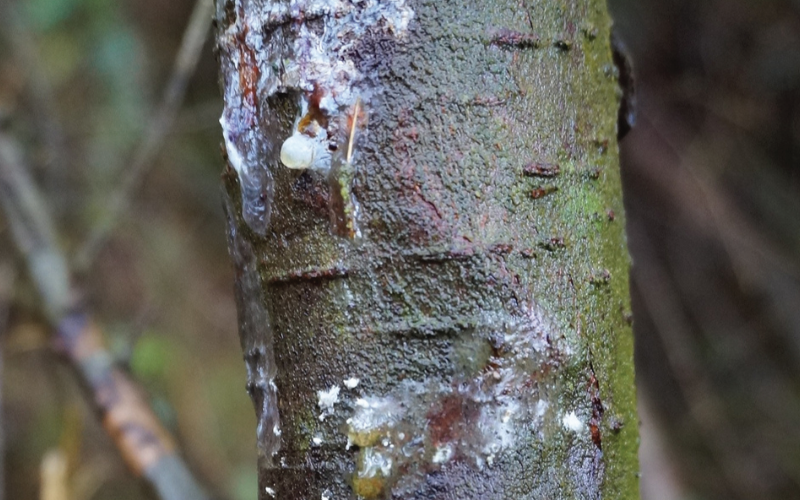
Phytophthora pluvialis restrictions lifted
Earlier this week, the Forestry Commission announced it will lift restrictions on felling and movement of timber in six demarcated areas in England impacted by the tree disease Phytophthora Pluvalis.
Phytophthora Pluvalis is a fungus-like pathogen known to affect trees including western hemlock, tanoak, pine (Pinus radiata, Pinus patula and Pinus strobus) and Douglas-fir. Phytophthora Pluvalis has the potential to cause needle cast, shoot dieback, and lesions on the stem, branches, and roots. Please see the ‘further reading’ section of this document, below, for a detailed symptom guide.
Following its discovery in September 2021 in woodlands across Cornwall, investigations revealed outbreaks of Phytophthora Pluvalis in Cornwall, Devon, Cumbria, Surrey, Shropshire, Scotland and Wales. As a result, Phytophthora Pluvalis was classified as a GB quarantine pest for regulatory purposes and the Forestry Commission introduced demarcated areas around the confirmed outbreak sites and introduced movement restrictions on materials capable of spreading the disease.
Updated research carried out since the introduction of the movement restrictions has revealed the risk of the disease spreading via the movement of felled timber and wood materials is low. As a consequence, restrictions on these activities will be lifted.
However, movement restrictions remain in place on plants for planting within demarcated areas. This means any plants for planting of the genus Tsuga, Pseudotsuga, Pinus and Notholithocarpus that originated or are residing within demarcated areas may not be moved out of or within the demarcated area specified unless authorised in writing by an inspector.
Further readings:
Phytophthora pluvalis symptom guide
Phytophthora pluvalis demarcated area guide
News story

